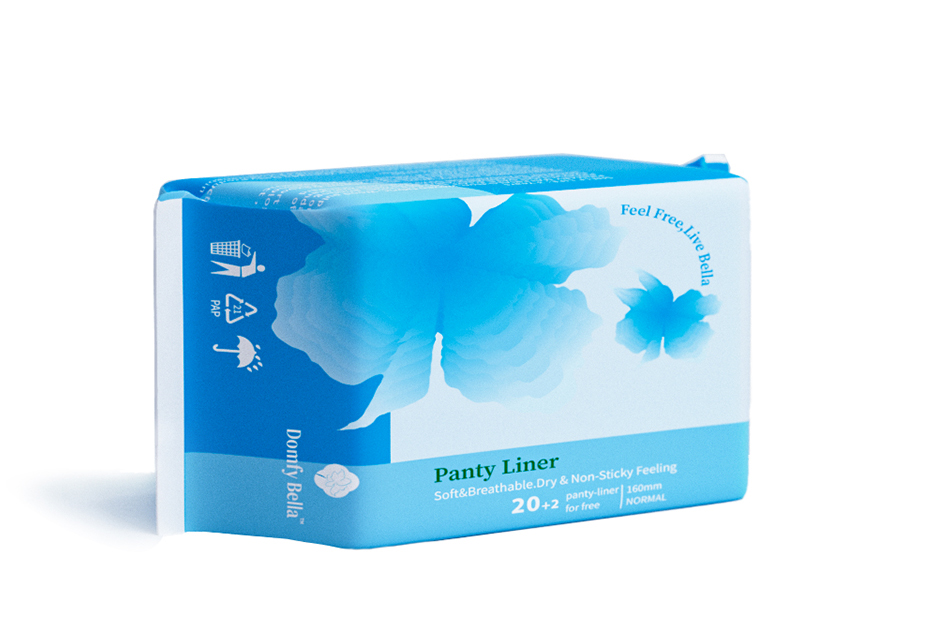In the fast-paced world we live in, the concept of slow living has gained traction as individuals seek to reclaim a sense of balance and tranquility in their lives. This article delves into the nuanced aspects of slow living, exploring its various types and providing insights on how to integrate these practices into our daily routines.
Introduction:
In the hustle and bustle of modern life, the allure of slow living beckons, offering a reprieve from the constant rush. Slow living is more than a trend; it's a mindful approach to life that emphasizes quality over quantity and encourages a deeper connection with oneself and the surrounding environment.
1. Mindful Consumption:
At the core of slow living is mindful consumption. This type encourages individuals to be conscious of their choices, whether it be in food, clothing, or other purchases. We explore the impact of mindful consumption on personal well-being and the environment, highlighting sustainable practices that align with the principles of slow living.
2. Time Affluence:
Time affluence is a key component of slow living, focusing on the intentional use of time to savor experiences rather than racing against the clock. This section delves into time management techniques, the importance of rest, and the psychological benefits of embracing a slower pace of life.
3. Connection to Nature:
Slow living often involves a rekindling of our connection to nature. From forest bathing to eco-friendly practices, this type of slow living encourages individuals to appreciate the natural world and understand its role in fostering a sense of peace and harmony.
4. Digital Detox:
In an era dominated by technology, a digital detox is crucial for those seeking a slower, more intentional way of life. We explore the impact of constant connectivity on mental health and provide actionable tips for a successful digital detox, promoting a healthier balance between the virtual and physical worlds.
5. Mindful Movement:
Physical well-being is an integral part of slow living. Mindful movement, encompassing practices such as yoga and tai chi, is examined for its ability to cultivate a mind-body connection and promote overall wellness.
Conclusion:
As we navigate the complexities of modern existence, the multifaceted nature of slow living offers a roadmap to a more deliberate and fulfilling life. By embracing mindful consumption, time affluence, a connection to nature, digital detox, and mindful movement, individuals can embark on a transformative journey towards a slower, more meaningful existence.


